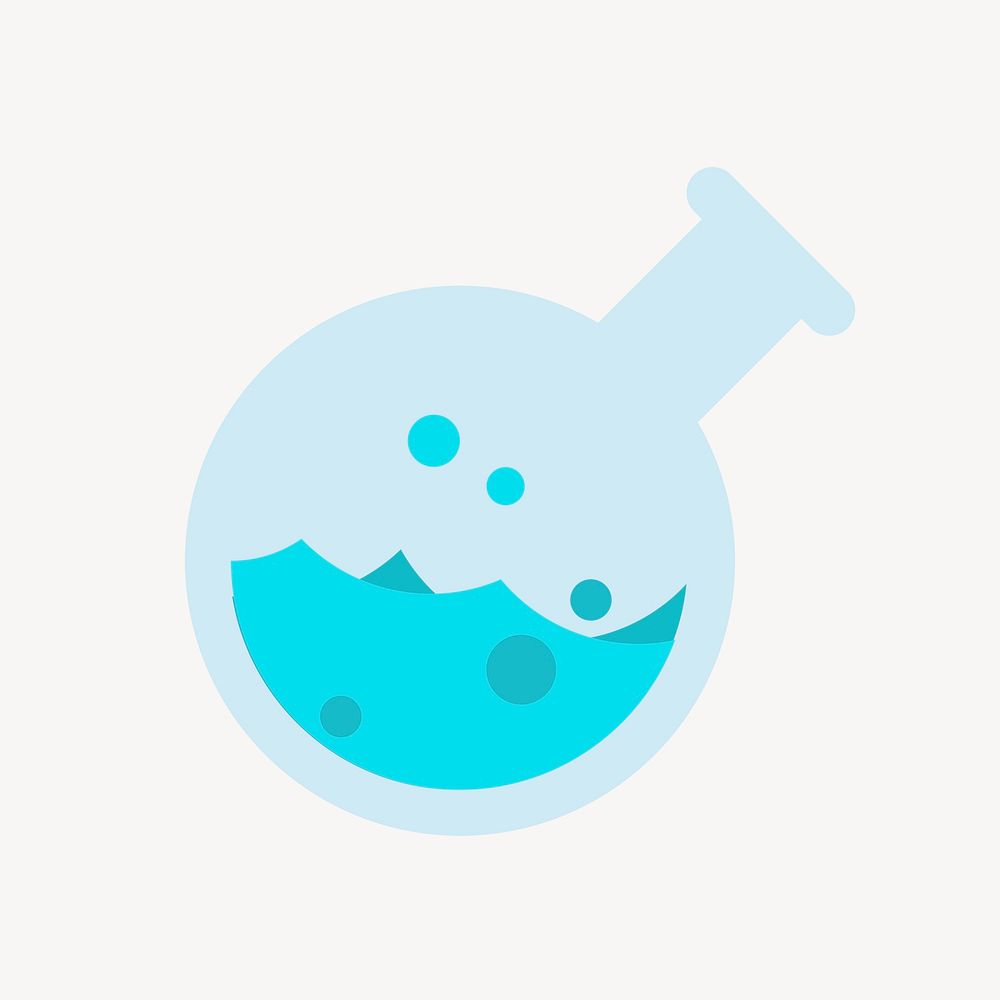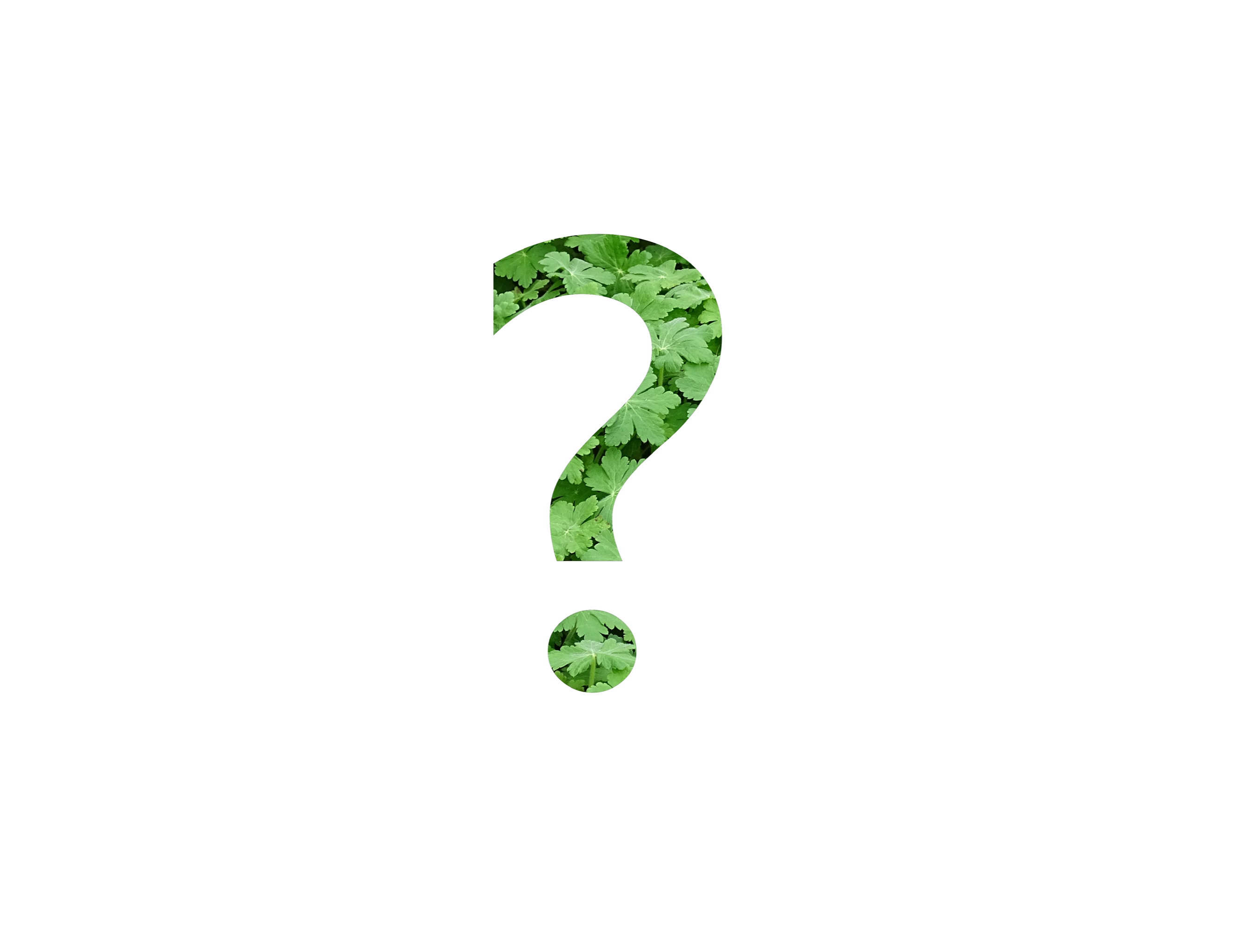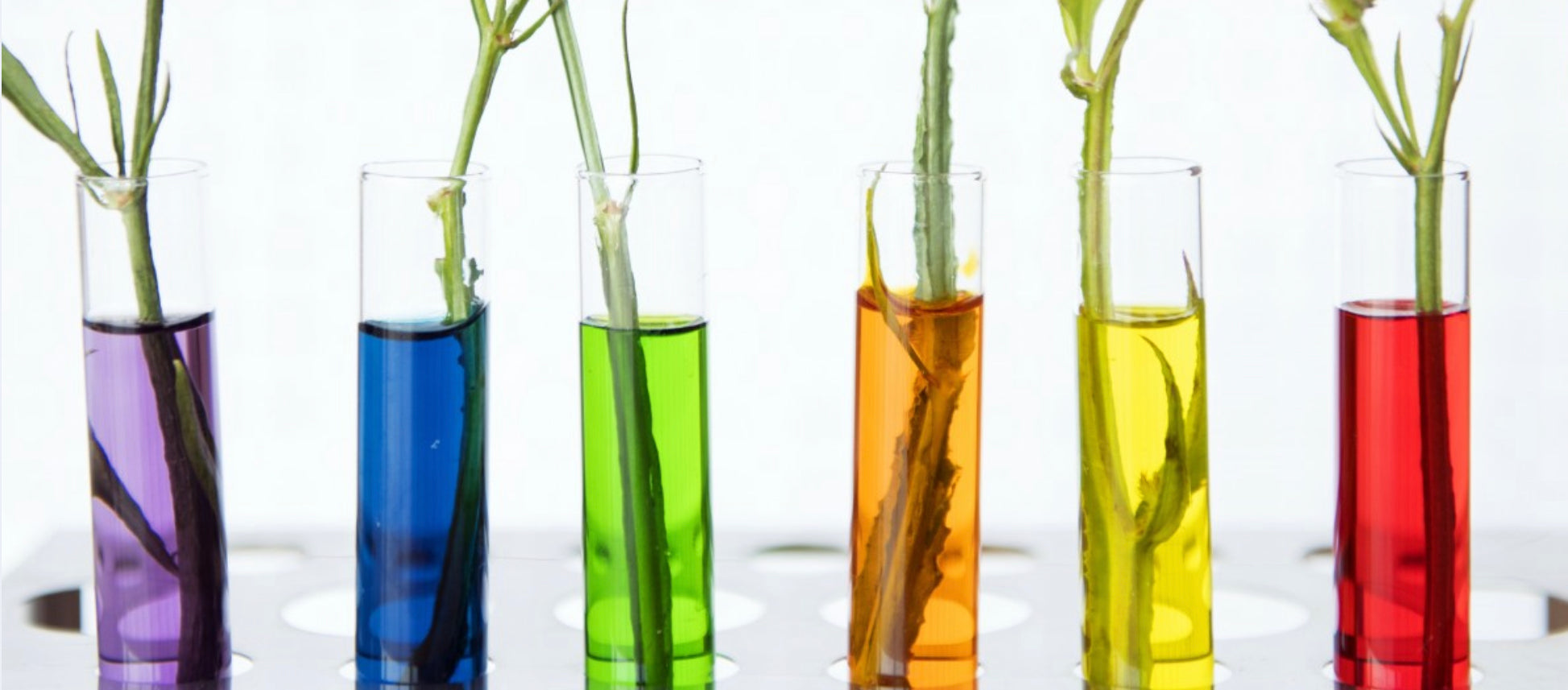Monitoring pH and EC/PPM How-to
Easy Guide for Monitoring pH and EC/PPM
When you have just set up a new hydroponic system, you will have to measure the pH (potential of hydrogen) and EC (electrical conductivity) or PPM (parts per million) levels of your nutrient solution frequently. You should be measuring them 1–2 times a day initially. When they have settled and you’re more used to the system, you can reduce this to testing every couple of days. Any time you add more nutrient solution, you will need to be monitoring pH and EC/PPM levels.
There are various ways that you can choose to measure the pH and EC/PPM, which range from an electronic meter (which I personally recommend) to test strips or a drop test kit. You can purchase a pH meter and an EC/PPM meter separately, or you can get pH and EC/PPM meters combined in one. When you have checked your pH and EC/PPM levels, ensure you record the measurements in your log, and put the date of this too.
The pH level of your nutrient solution should be between 5.5 and 6.5, ideally around 6. You can adjust the pH level with pH up and pH down solutions to get it to the right level.

You also need to measure your nutrient solution EC/PPM level, and you should add nutrients when this drops below a level. You can measure EC with an EC meter and PPM with aPPM or TDS (total dissolved solids) meter. I personally prefer to use EC values to measure the nutrient levels in a hydroponic reservoir, even though many hydroponic growers in the US tend to favor PPM as the unit to measure nutrient levels. That’s because there is more than one way to convert EC to PPM.
There are two scales for measuring PPM: PPM 500 and PPM 700. The PPM 700 scale is based on measuring the KCl or potassium chloride content of a solution. The PPM 500 is based on measuring the NaCl or sodium chloride content of a solution. The PPM 500 scale is also referred to as total dissolved solids or TDS. You can convert EC to PPM by multiplying EC by 500 for PPM 500 scale and by 700 for PPM 700 scale. With that said, for convenience, it’s best to use the same scale that the manufacturer of your nutrient solution uses. If you’re going to use PPM, make sure to set your meter to the same scale that the manufacturer of your nutrient solution uses.
An EC/PPM meter will tell you the electrical conductivity of the nutrient solution. This gives you an approximate idea as to how saturated with nutrients your nutrient solution is. But an EC/PPM meter cannot tell you the quantities of each nutrient in the solution. EC is measured in Siemens (S) per unit area, usually centimeters or meters. For most plants grown hydroponically, the ideal range of EC is between 1.5 and 2.5 milliSiemens/centimeter (mS/cm) or 1500–2500 microSiemens/centimeter (μS/cm). Milli- is the metric system denoting a factor of one-thousandth, and micro- is one-millionth, so 1 milliSiemens (mS) equals 1000 microSiemens (μS). A higher EC could prevent plants from absorbing nutrients due to increased (more negative) osmotic pressure, and EC levels that are too low could adversely impact yield.
For more great content check out the Proponics YouTube channel below!

By Max Barnes
Max Barnes is a long-time homesteader and author. Max grows the majority of his own food year-round using a variety of different methods, including hydroponics. Hydroponic gardening plays a huge part in his homestead and self-sufficiency goals.




